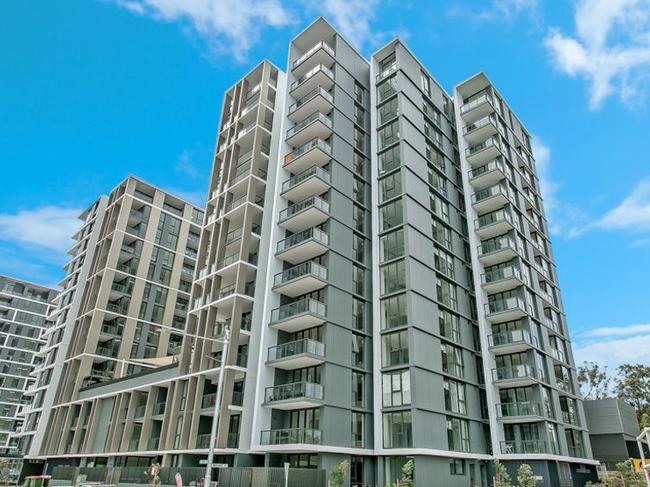High-rise apartment sales continue to drag Sydney housing market despite boom
Property prices hit a record high nationally in January but not every suburb is booming, and prices actually dropped in some pockets, new research has revealed.

Homebuyers may be paying inflated sums for houses at the moment but it’s been a different story for unit buyers in Sydney’s emerging high-rise suburbs who have been scoring homes for lower prices.
CoreLogic’s hedonic home value index released this week showed the house and unit markets were moving in opposite directions, with house prices ballooning and unit prices falling across the board.
Prices for freestanding dwellings grew by an average of 2.7 per cent over the past three months, which pushed the median house price up by about $27,500 to $1.034 million.
MORE: The Sydney regions leading price boom
House values shoot to record high nationally
Meanwhile, apartment prices dropped by an average of 1 per cent over the same period and the current median unit price of $734,000 is about $7500 lower than it was at the start of November.
Realestate.com.au data showed there was wide variance in unit falls across Sydney regions over 2020.

Some of the biggest price drops were in the Ryde region and the corridor of suburbs between Olympic Park and Parramatta, where developers have released a slew of new apartment projects.
North Ryde unit prices dropped by an average of 13.5 per cent, while in the Parramatta CBD and nearby Auburn the drops were 9 and 10 per cent, respectively.
Apartment prices in Homebush and Olympic Park dropped by about 5 per cent and, further south, Berala unit prices dropped 11.5 per cent.
Units in Kellyville were one of the few areas of weakness in the Hills market – prices dropped by an average of 4.3 per cent.
CoreLogic head of research Eliza Owen said the mismatch in unit and house performance was due to the work from home trend pushing more families out of inner city units and into larger suburban houses.
There was also a high volume of unit sales, especially newly built units in high-rise buildings, which meant buyers had a lot of choice and were not under pressure to stretch their budgets, Ms Owen said.
Falling rents were putting additional strain on the apartment sales market by discouraging investors, who have traditionally been the most active apartment buyers, Ms Owen added.
These challenges would likely continue for as long as international borders remained closed because skilled migrants and global students were a significant part of the tenant pool for units, she said.

My Housing Market economist Andrew Wilson said the high-rise unit sector remained the weakest part of the Sydney housing market.
“There could be a situation where buyers come back because there is a perception of value but there haven’t been signs of this yet,” he said.
Sydney’s unit market is one of the few weak spots in the national housing market, with CoreLogic reporting the national dwelling index hit a record high in January. The property group attributed the national rise to strong performance in regional markets and a rebound in areas with links to the mining sector.
Originally published as High-rise apartment sales continue to drag Sydney housing market despite boom

